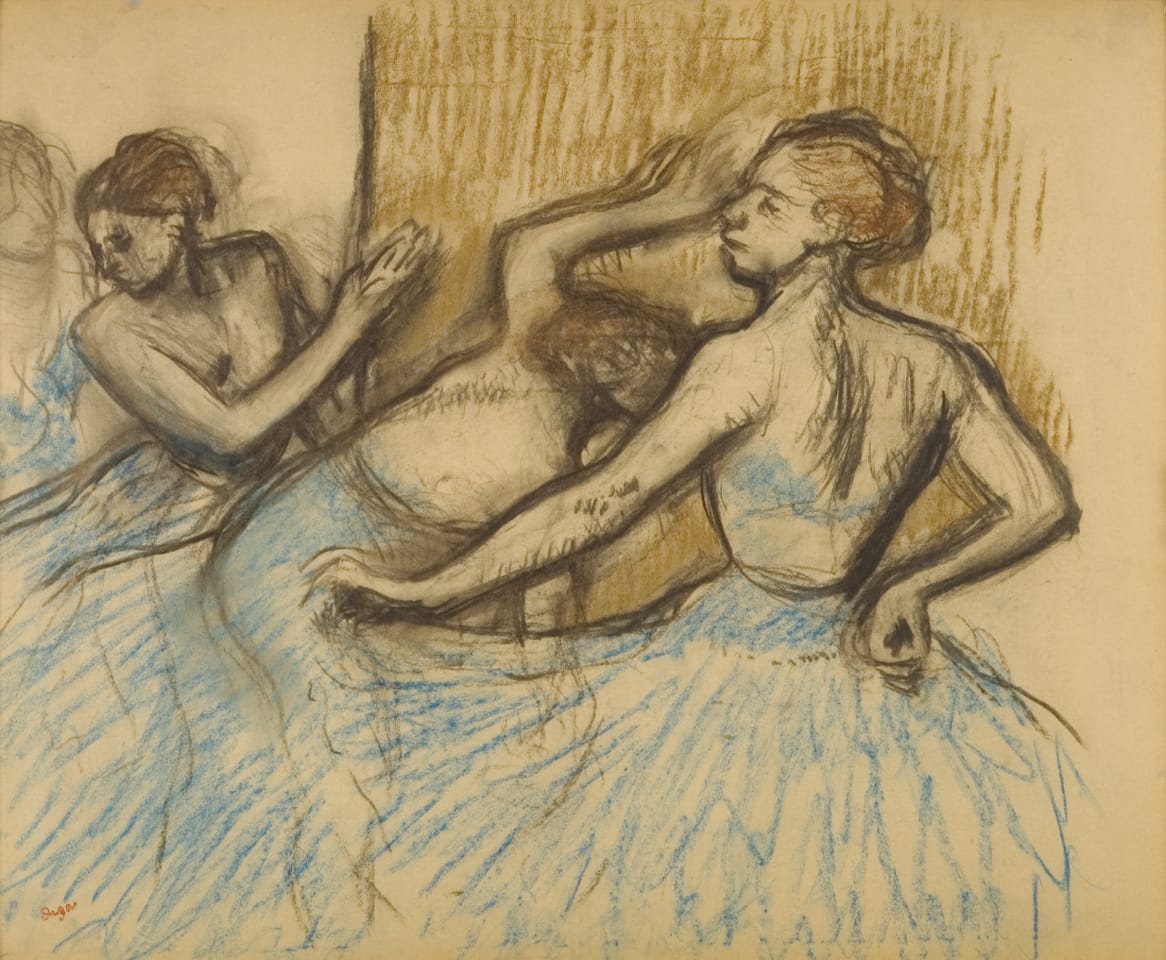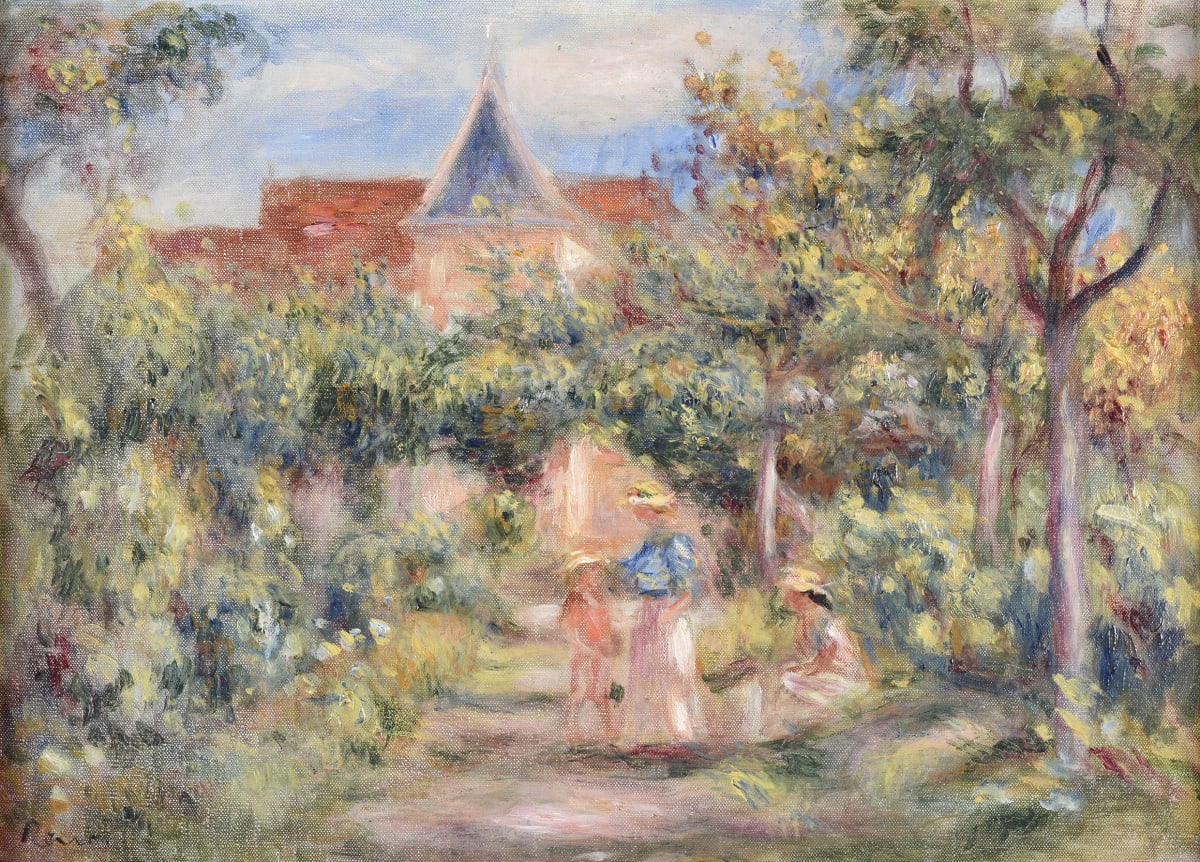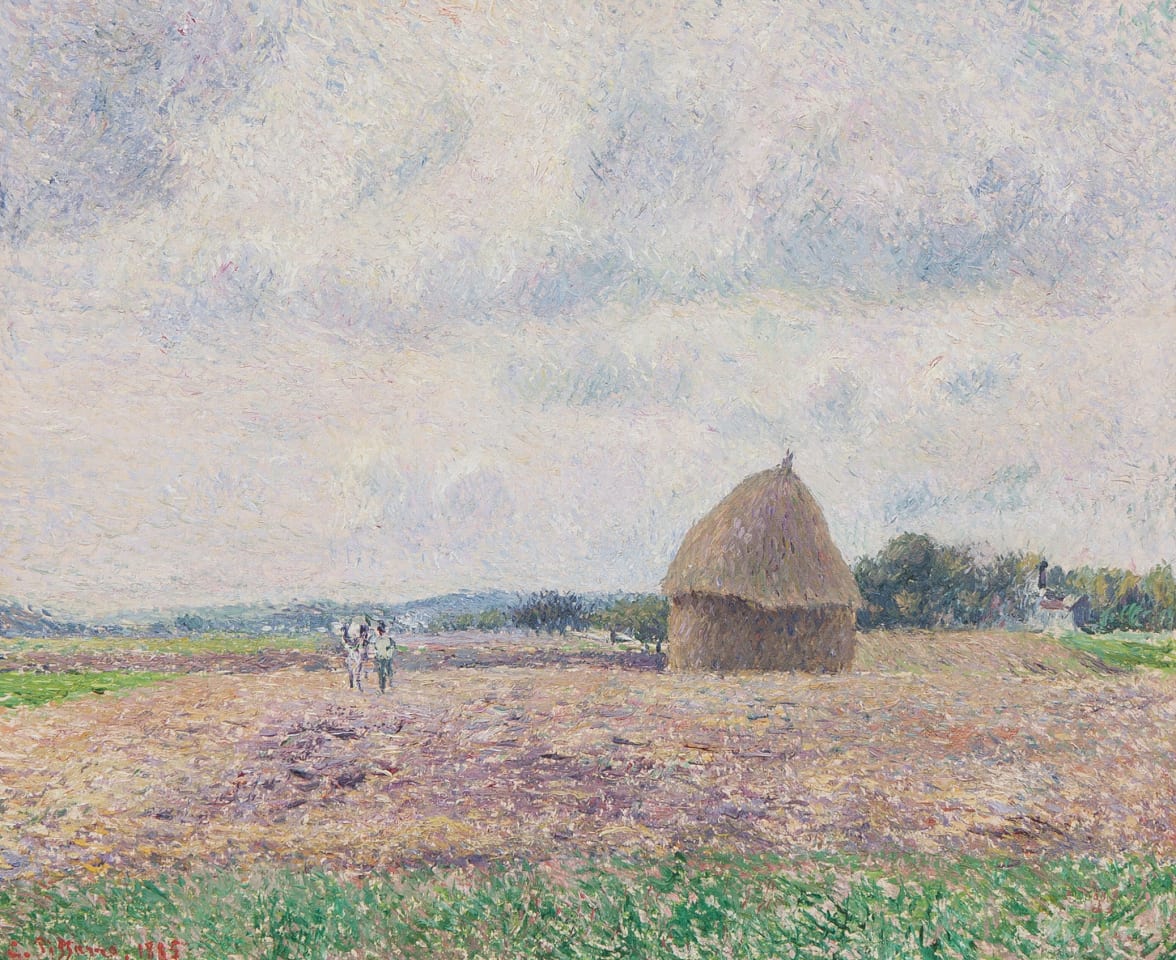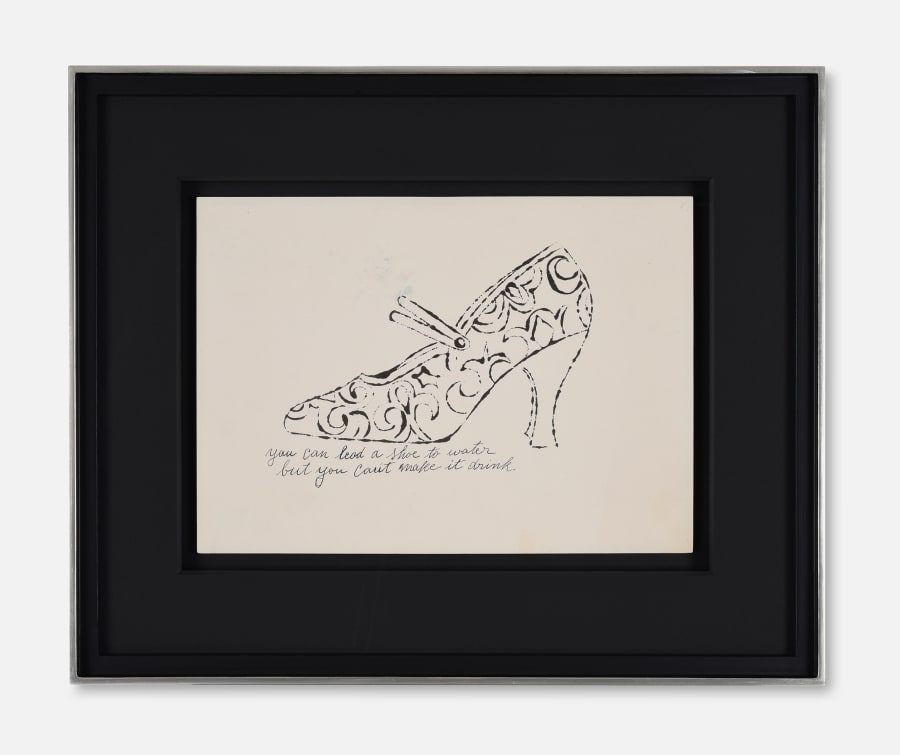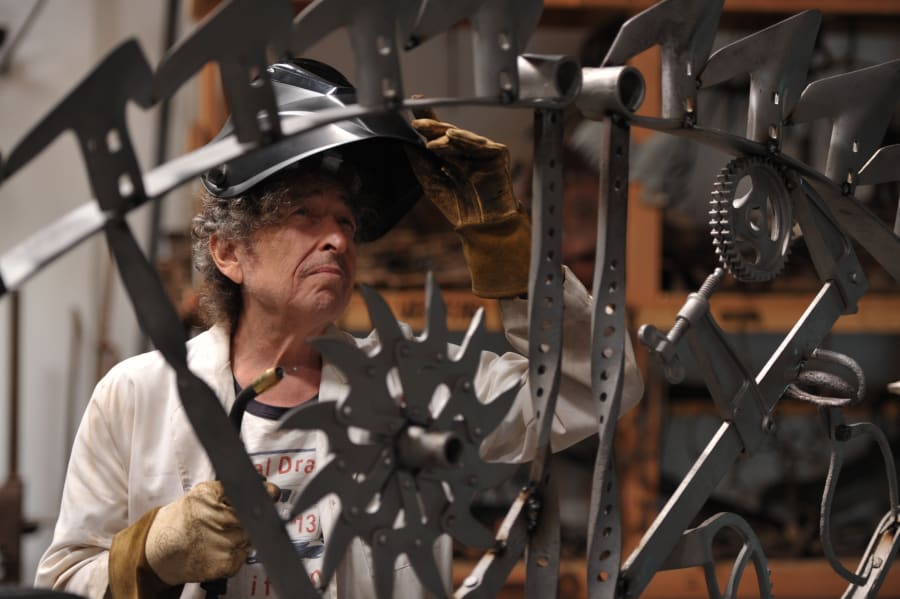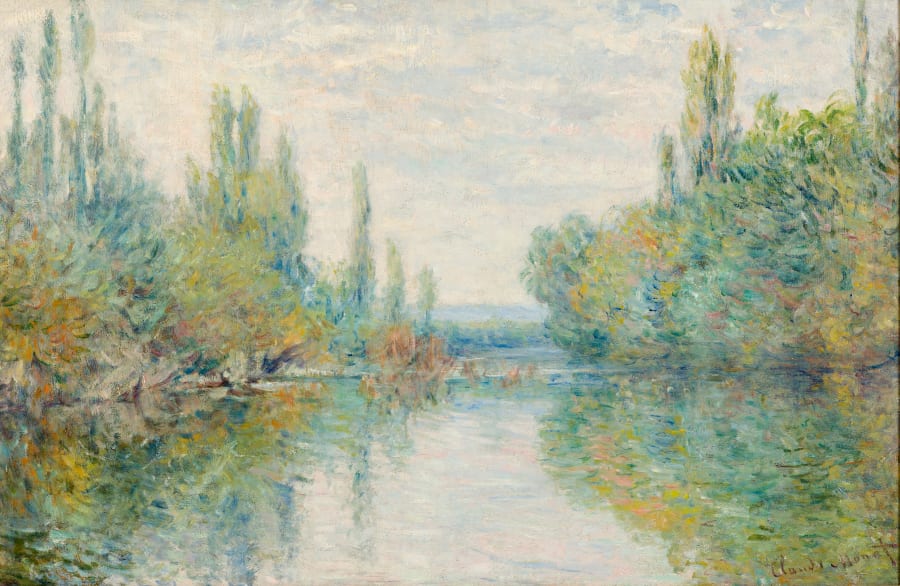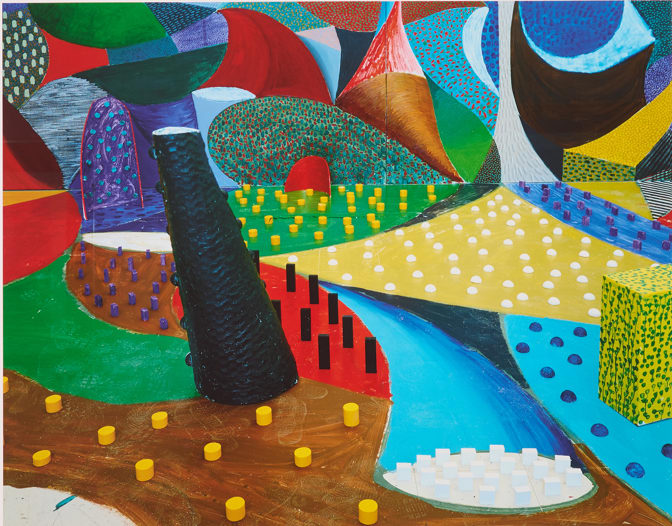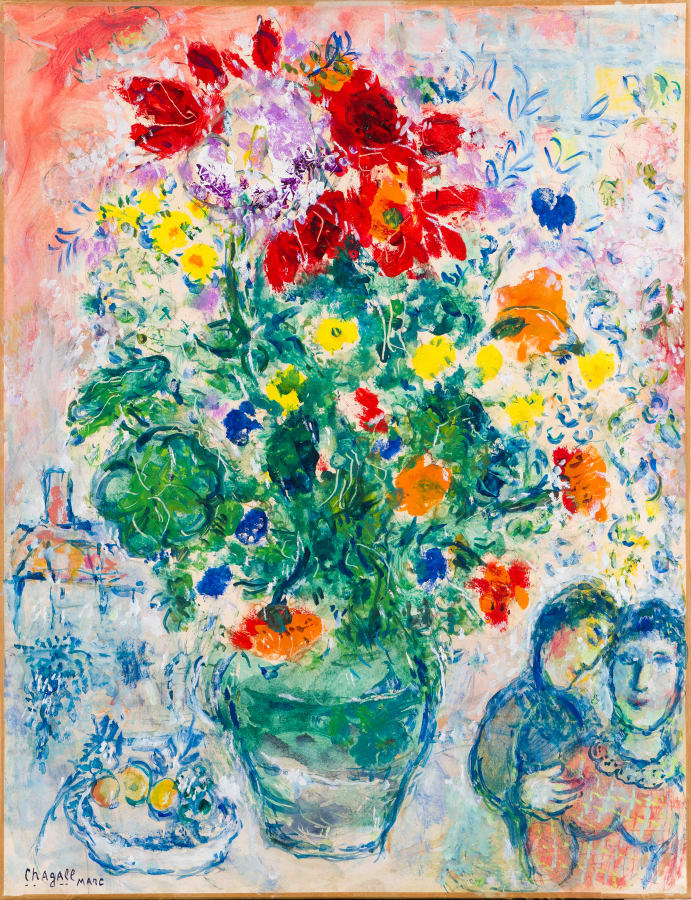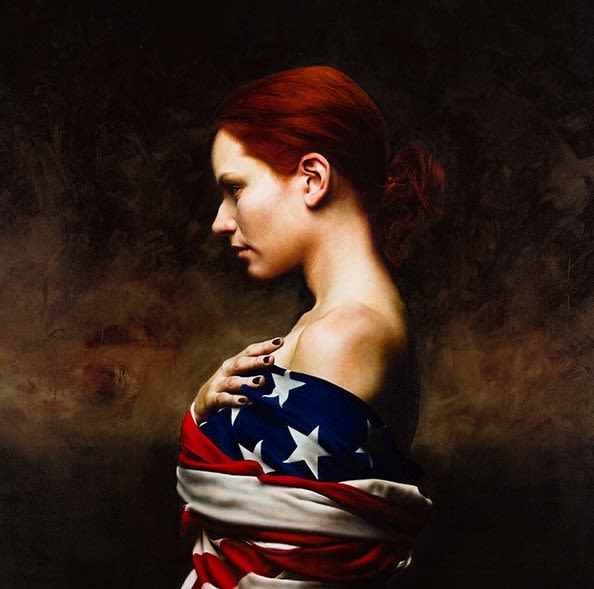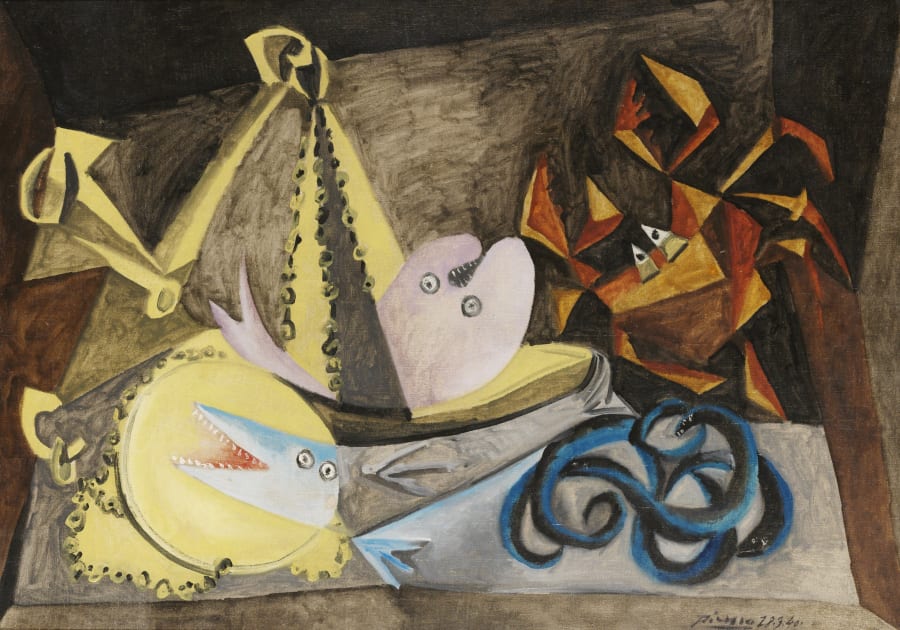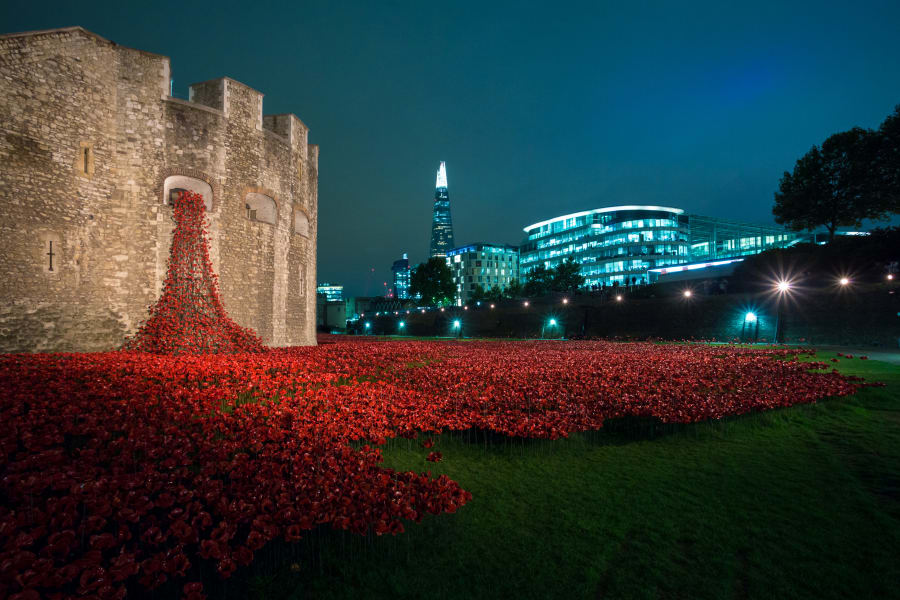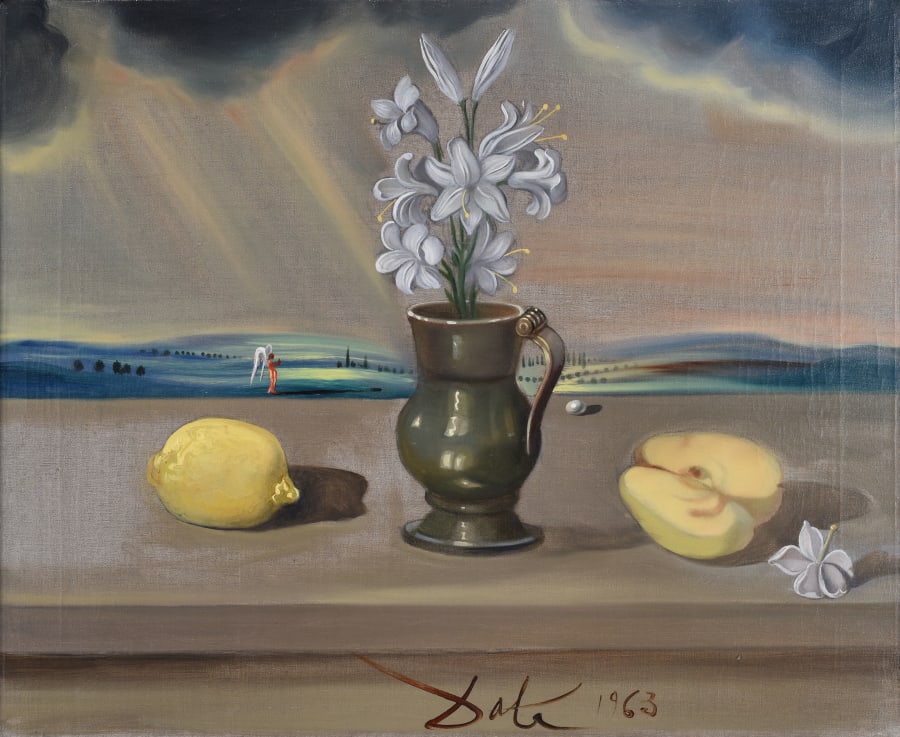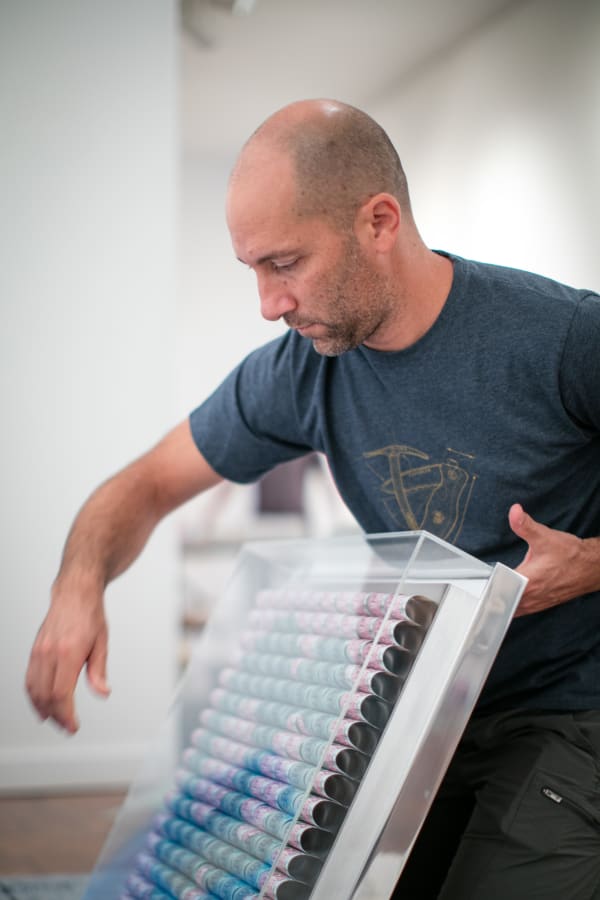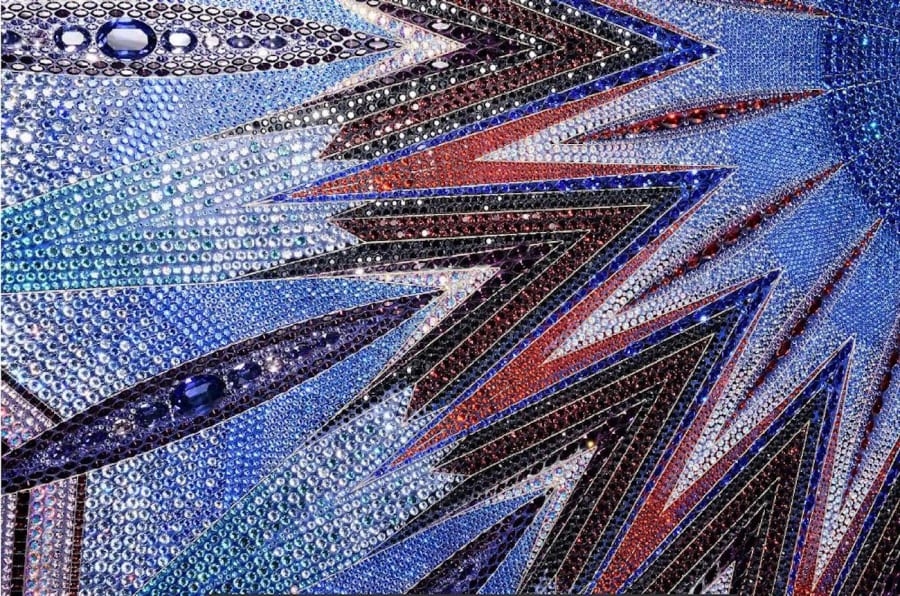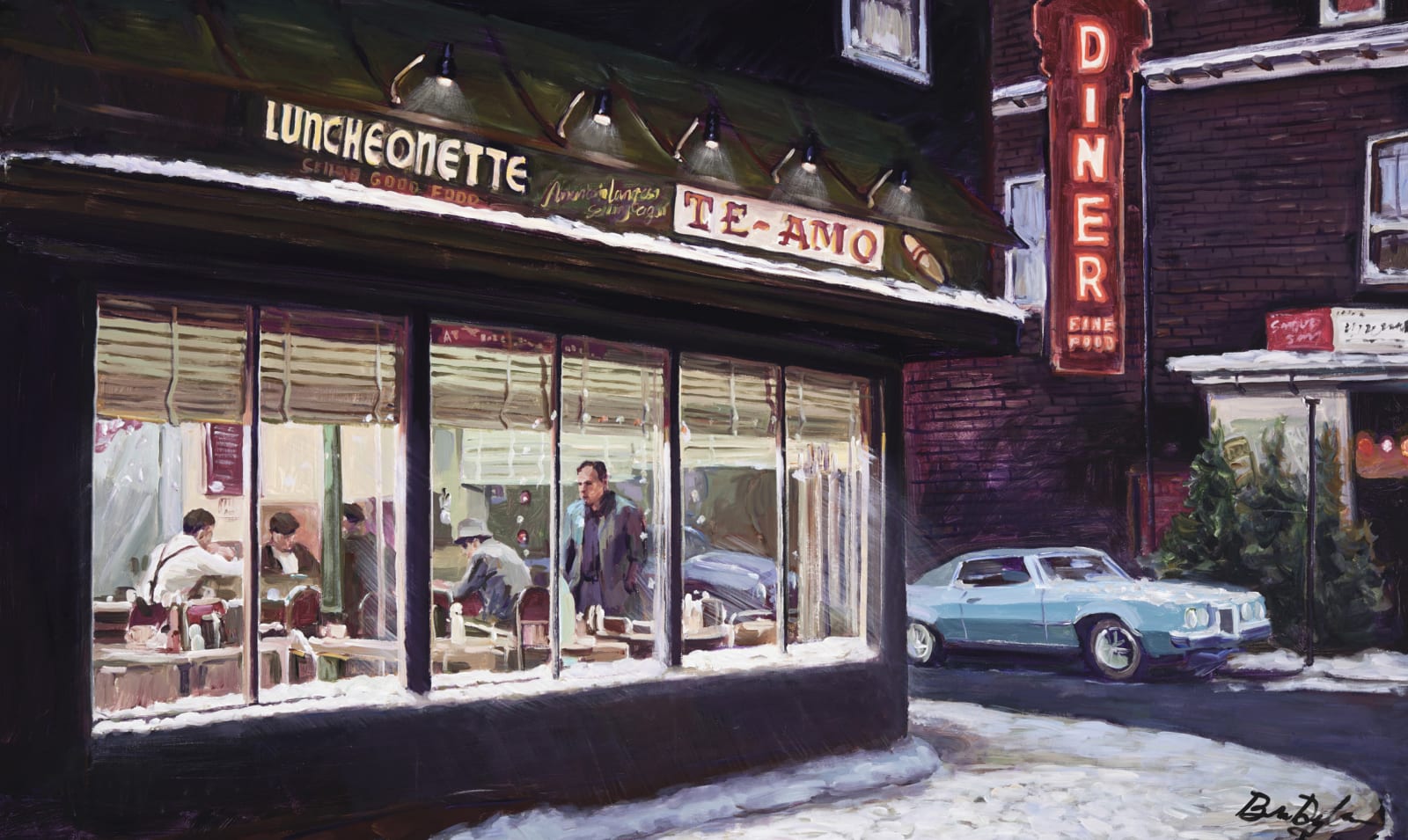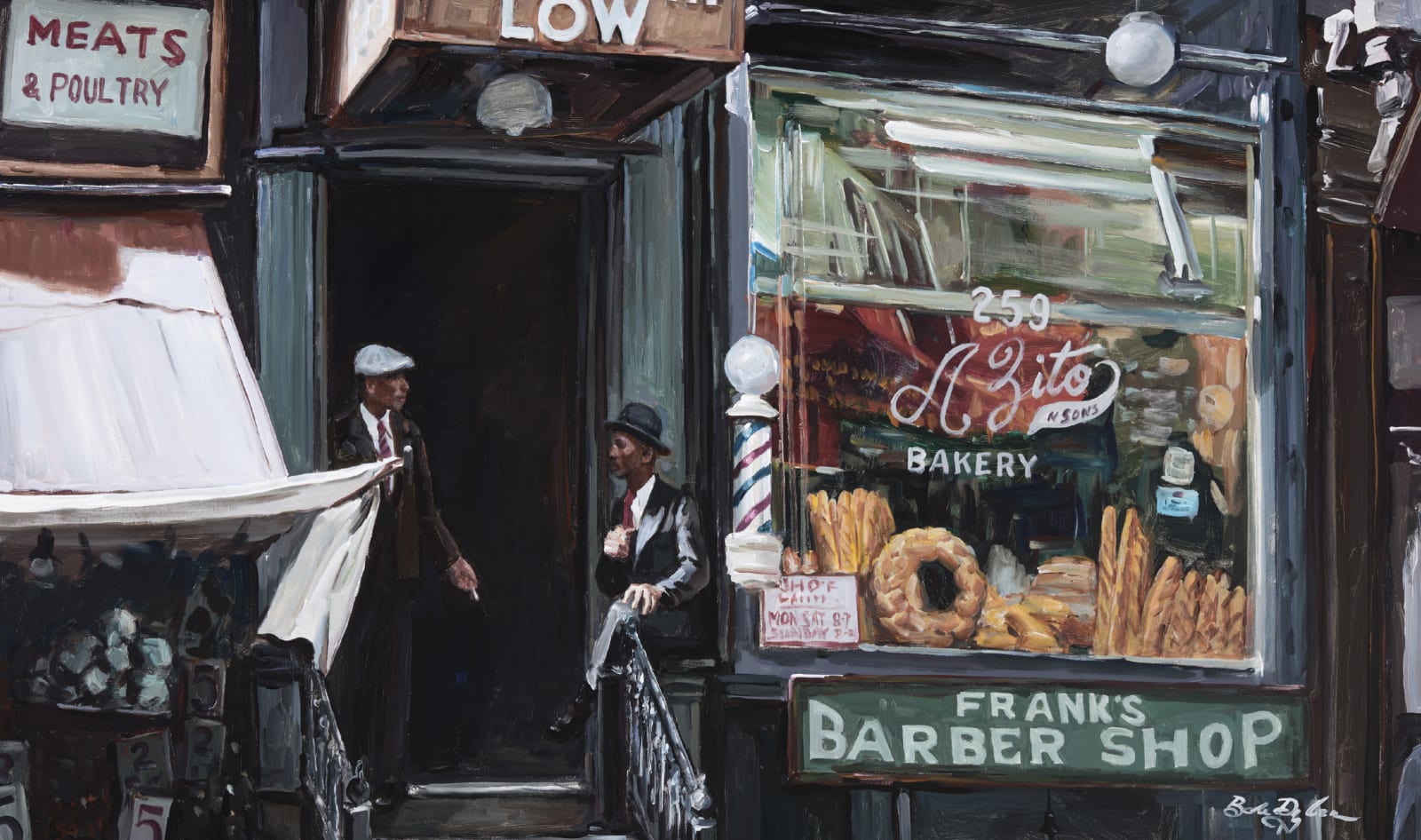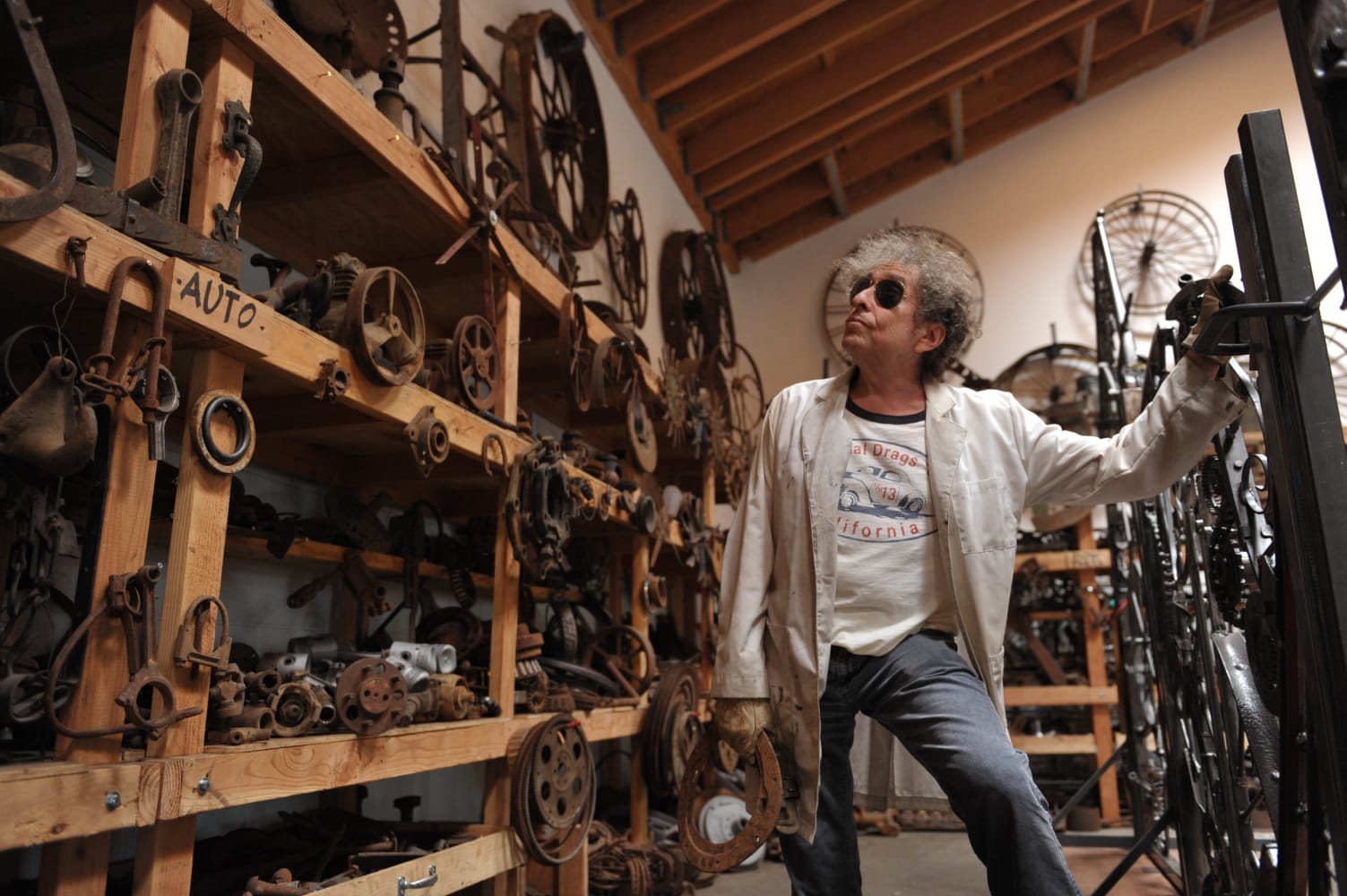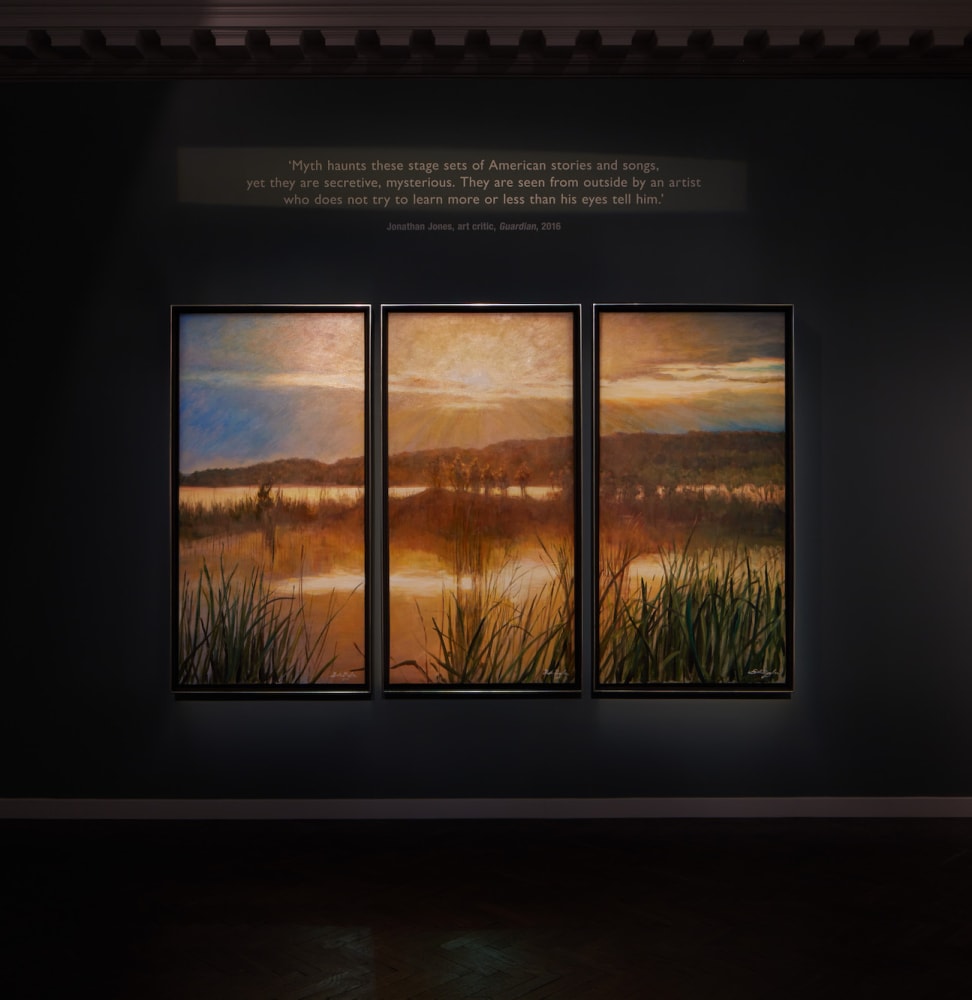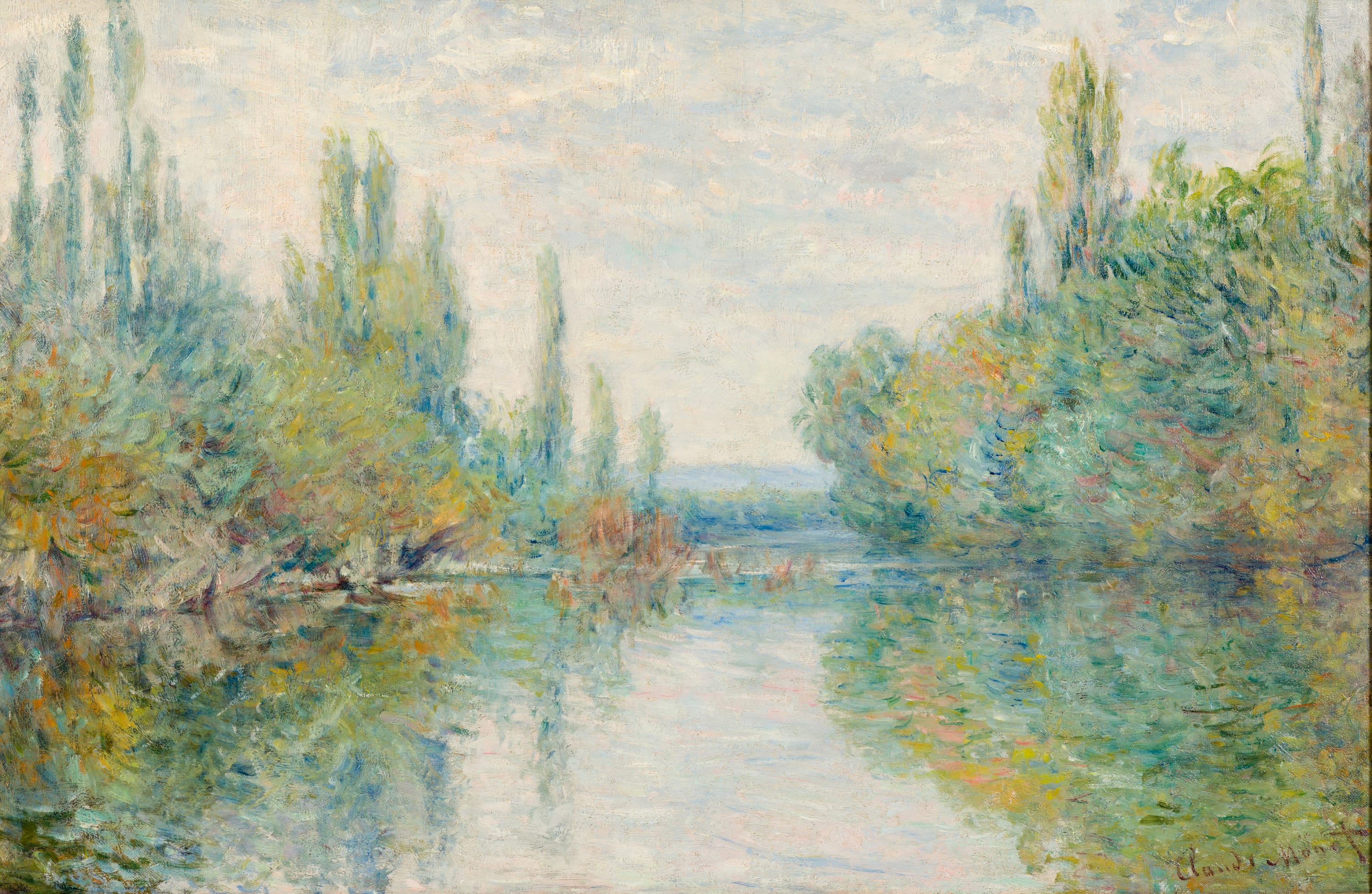

Claude Monet
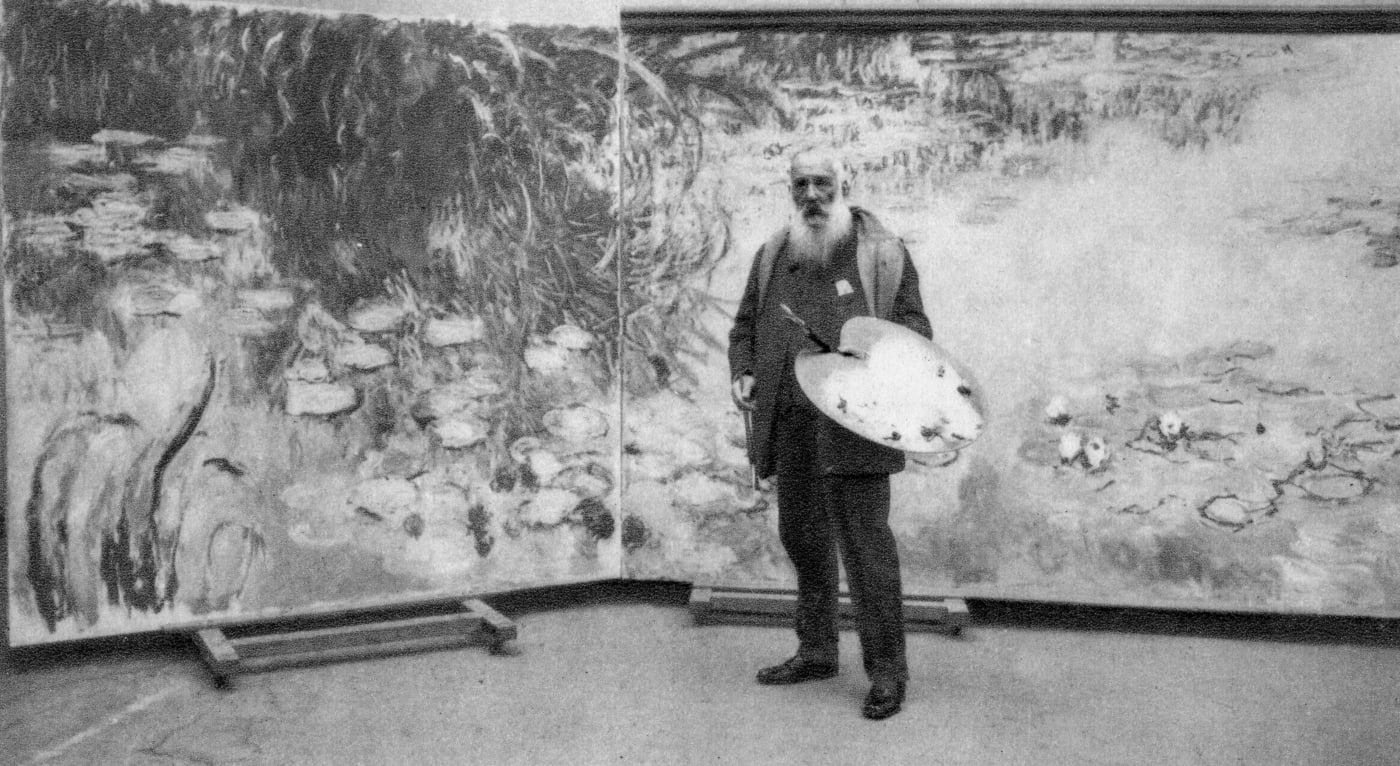
One of the most significant painters of the modern era, French artist Claude Monet was an originator of the Impressionist style who worked at the forefront of this radical group artists.
'For me, a landscape does not exist in its own right, since its appearance changes at every moment; but its surroundings bring it to life - the air and the light, which vary continually.'
From the mid-1860s, Monet had begun to explore the effects of light, painting impressions of what passes briefly before the eye. This new style of painting, influenced greatly by the development of photography and the ever-modernising cityscape of Paris, would alter the course of Western art history forever. From the late 1870s onwards, Monet created his celebrated 'series' of paintings, examining the same scene under different lighting and weather conditions, often recording them spontaneously in vivid colour.
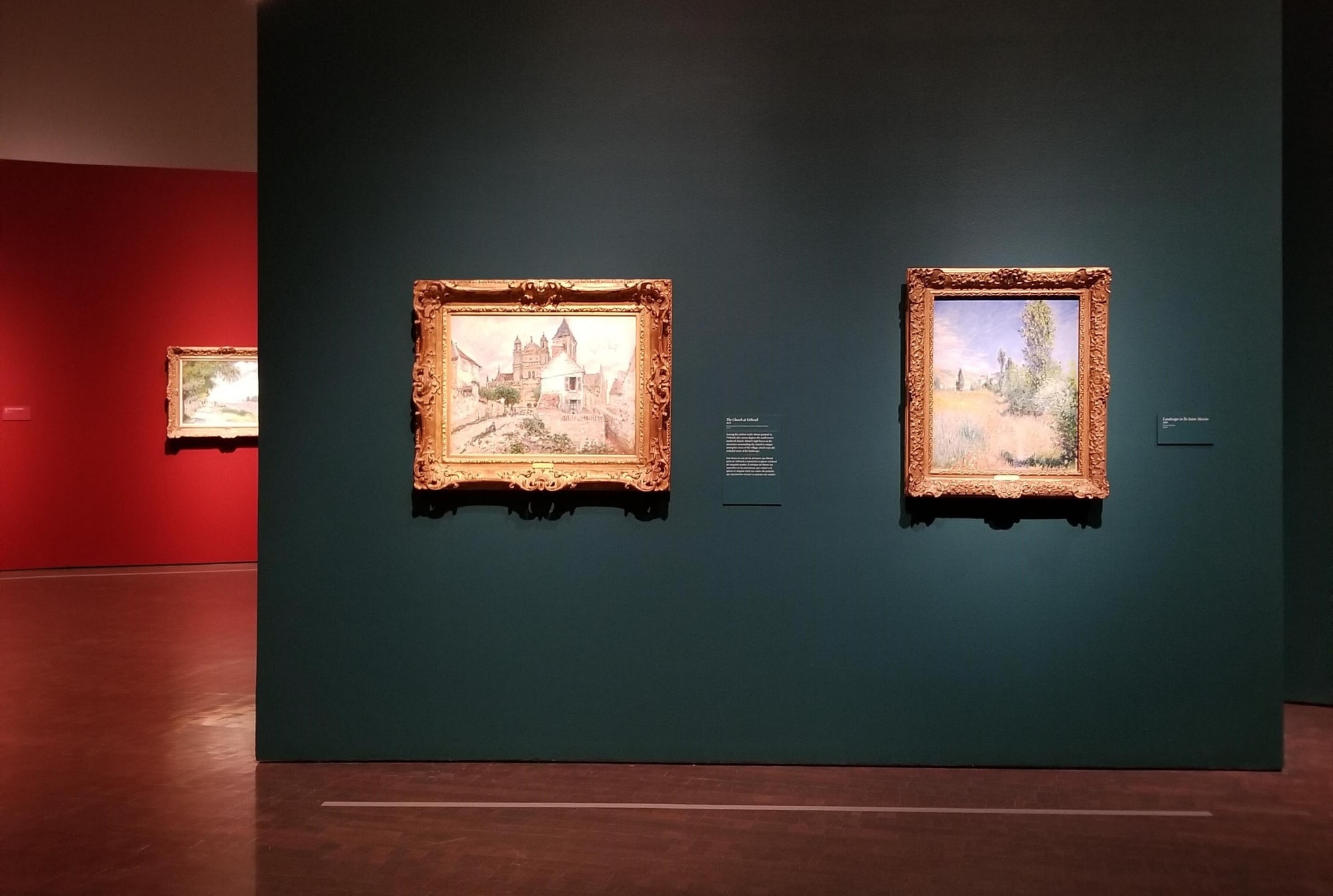
Claude Monet: The Truth of Nature, Denver Art Museum, Colorado, 2019 - 2020
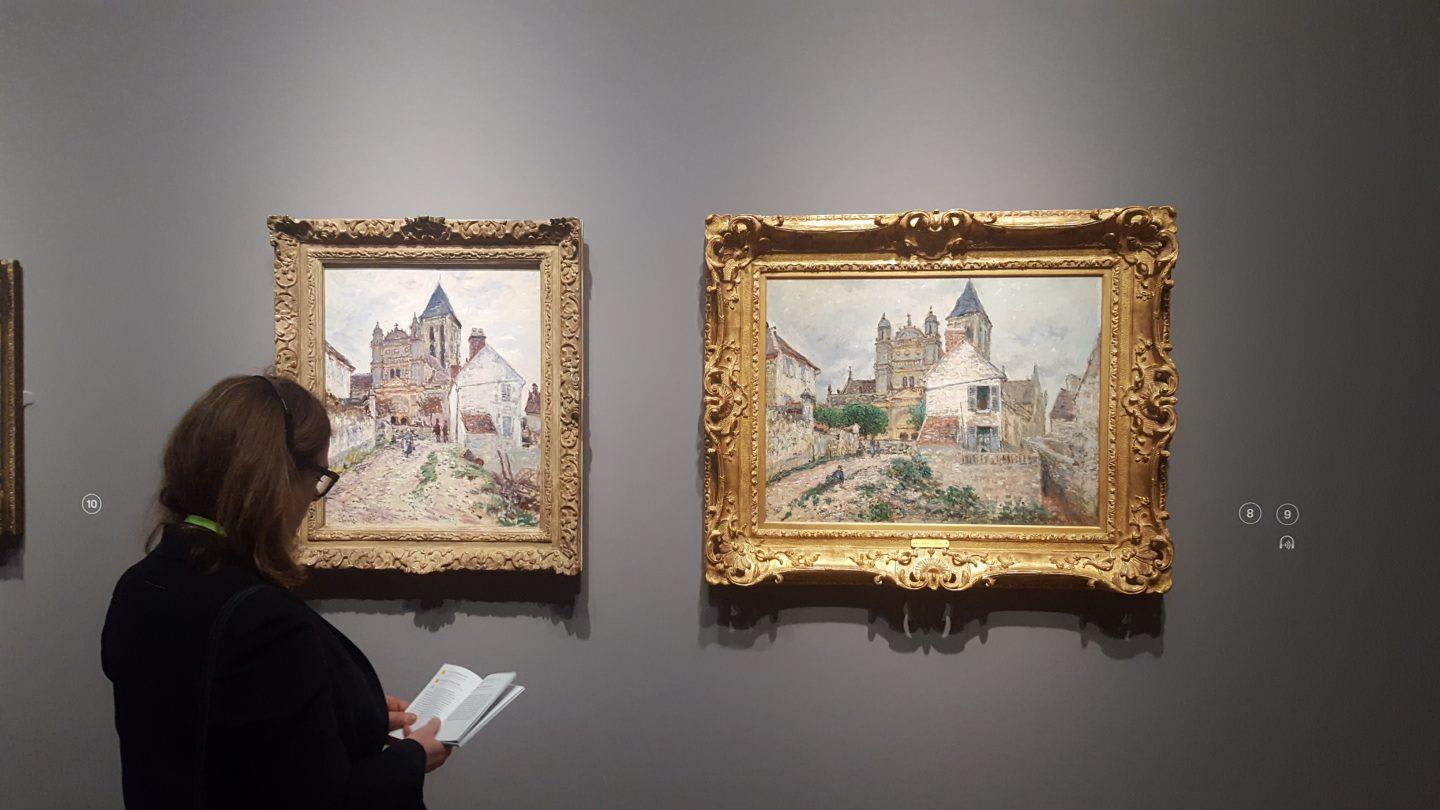
Monet and Architecture, National Gallery, London, 2018
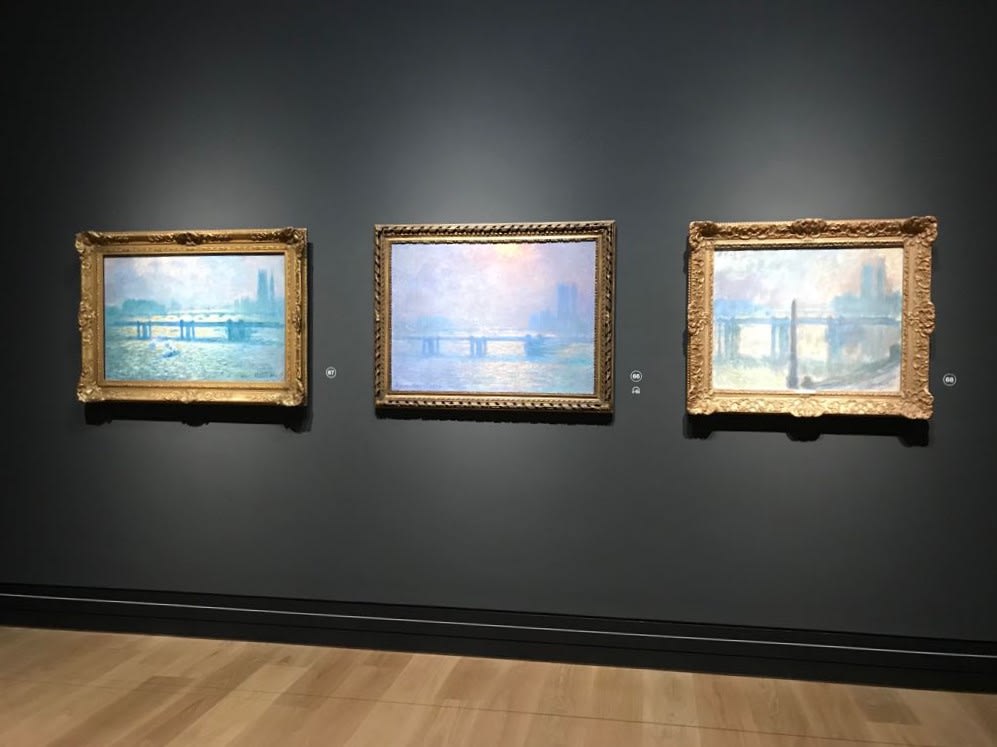
Monet and Architecture, National Gallery, London, 2018

Belonging to Claude Monet's thematic body of work portraying the village of Vétheuil, L'Eglise de Vétheuil [Church at Vétheuil] from 1878 depicts a scene of rural tranquillity differing greatly from his bustling views of Paris and tourist-filled Argenteuil of the earlier 1870s. The painting depicts a cobbled, gently sloping pathway leading up to the thirteenth-century Romanesque church which overlooks the area. It is one of two depictions of the church at Vétheuil that Monet produced in 1878; the other, executed after the present version, belongs to the National Galleries of Scotland.
Together, the paintings show the artist's increasing fascination with how the changing atmospheric conditions of weather and light could affect the same architectural structure. Its rustic flint façade, imitated in the dappled use of paint, anticipates Monet's notable series of paintings of Rouen Cathedral from the 1890s.
L'Eglise de Vétheuil has been included in several major exhibitions of the artist's work in Europe and the United States in recent years. In 2018, it was included in The National Gallery's Monet and Architecture, followed by Monet: A Floating World at the Albertina Museum in Vienna. In 2019 L'Eglise de Vétheuil was exhibited in Claude Monet: The Truth of Nature at Denver Art Museum,which travelled to Potsdam, Museum Barberini as Monet: Places in 2020.


After scouring the most remote parts of the countryside north of Paris, Claude Monet moved to the sleepy, picturesque village of Vétheuil in August 1878. Un bras de la Seine près de Vétheuil is one of six canvases painted soon after the artist’s arrival, depicting the peaceful waterways between the banks of the river Seine. One of the artist’s most prolific periods, Monet would go on to paint over three hundred artworks in Vétheuil, approximately one canvas every four days during the three years he lived there.
Un bras de la Seine was likely created aboard the artist’s floating studio, the houseboat he had built for himself, as he enjoyed the new-found tranquillity of his surroundings.
In the late 1870s, the economic growth of France ground to a sudden halt and spiralled into recession. Monet found himself in financial difficulties, struggling to sell works to his established collectors and increasingly dependent on help from his dealers. Landscape painting nevertheless proved relatively saleable, timeless in symbolising rustic simplicity as an antidote to the harsh realities of contemporary life. This period thus marked a turning point in Monet’s career and a shift away from his bustling scenes of the ever-industrialising modern Paris. Un Bras de la Seine près de Vétheuil was included as a loan to the 2015–16 exhibition Monet: Lost in Translation, held at ARoS, Aarhus, Denmark.
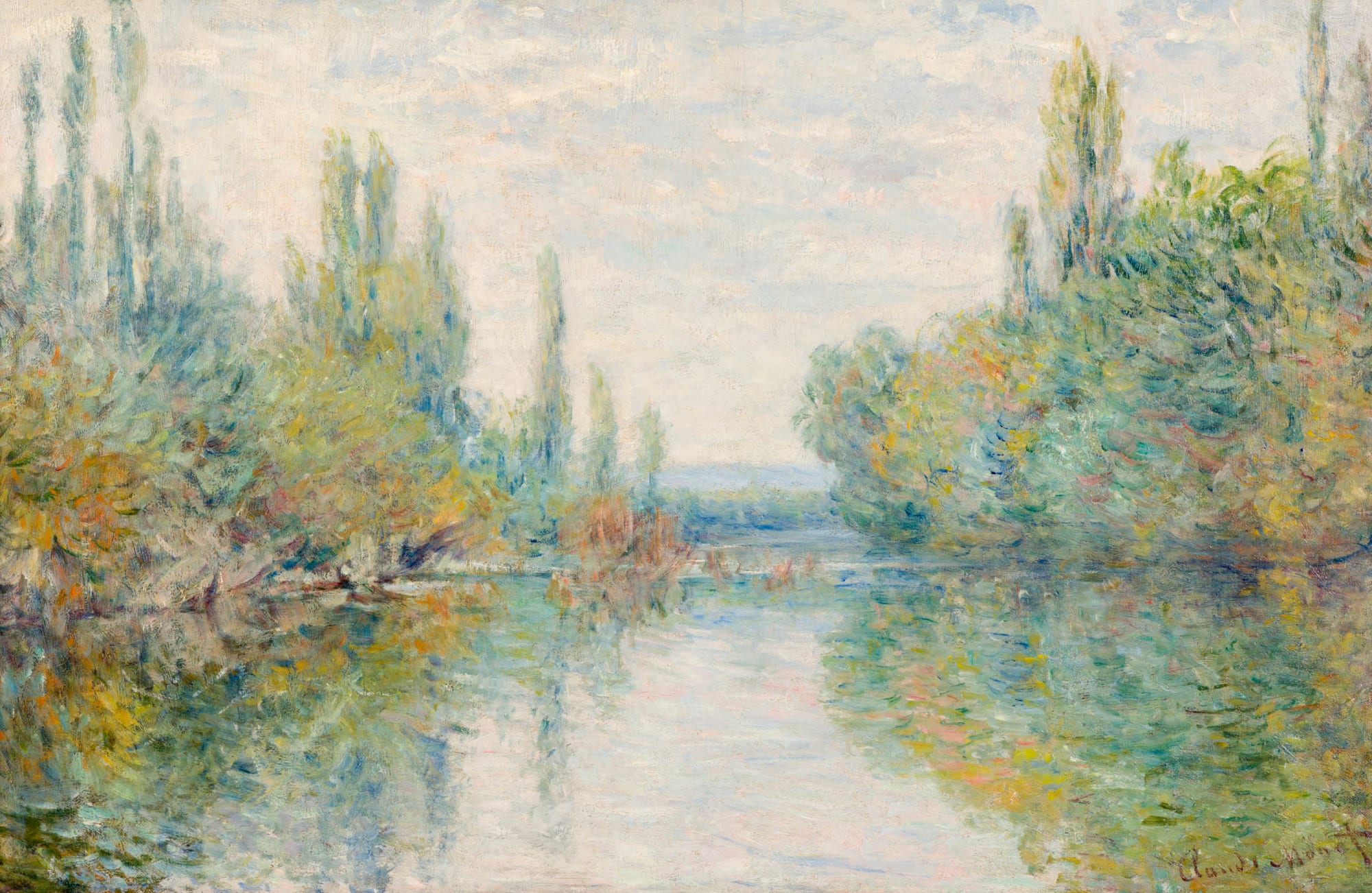
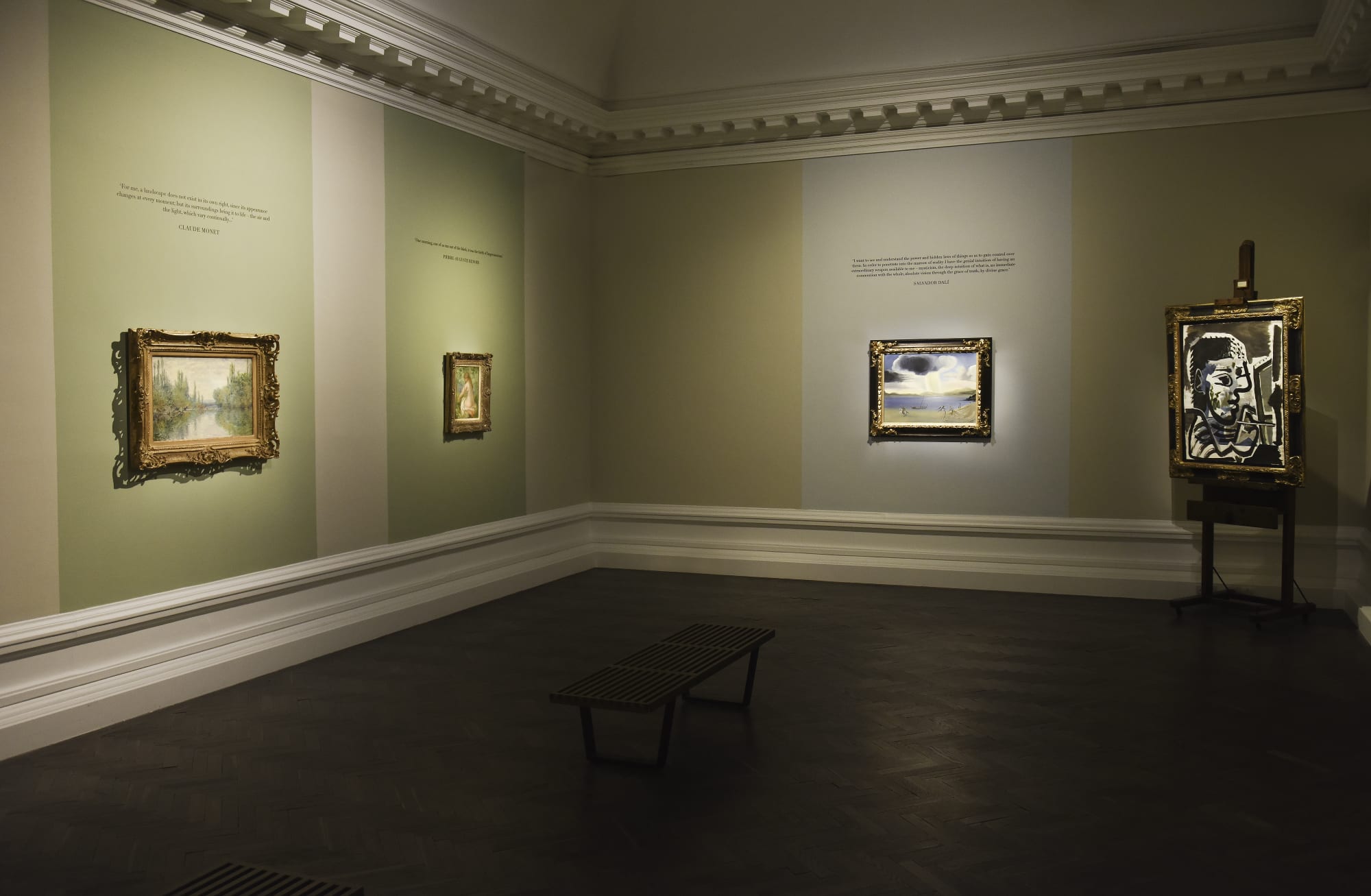
Un Bras de la Seine près de Vétheuil, Claude Monet, La Baigneuse, Pierre-Auguste Renoir, Paysage de Port Lligat, Salvador Dali, Le Peintre, Pablo Picasso, ����vlog����, 2021
